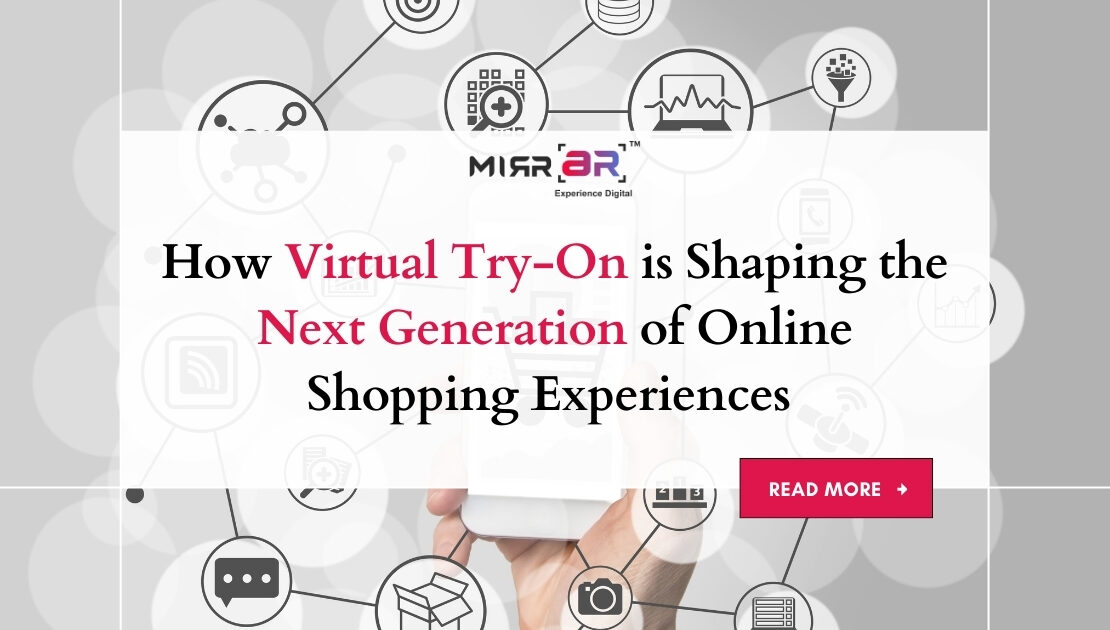
The online shopping revolution has changed the way consumers interact with brands and make purchasing decisions. Yet, for years, one challenge remained: the lack of a physical connection to the products. Enter Virtual Try-On (VTO) — a game-changing innovation that is rapidly transforming e-commerce, offering customers the ability to try before they buy, all from the comfort of their own homes. As technology advances, VTO is not only solving previous gaps in online shopping but also crafting a future where experiences are richer, faster, and more personalized than ever.
Bridging the Gap Between Physical and Digital Shopping
Traditionally, customers have been cautious when shopping online, especially for fashion, jewelry, eyewear, and beauty products. Size, fit, style, and color often vary once the product is received, leading to high return rates. Virtual Try-On technology bridges this critical gap by allowing shoppers to visualize products on themselves in real time.
Using augmented reality (AR) and artificial intelligence (AI), VTO platforms like MirrAR enable customers to “wear” accessories, clothes, and makeup virtually. This real-world simulation boosts buyer confidence, significantly improving the likelihood of a purchase. With 3D visualization and real-time adjustments, customers now experience a sense of ownership and satisfaction even before clicking “buy.”
Personalization as the New Standard
One of the most remarkable shifts VTO brings to online shopping is hyper-personalization. Customers no longer browse endless catalogs to imagine how a piece might suit them. Instead, VTO personalizes the entire journey by letting shoppers see how products match their unique features, skin tones, and styles.
Advanced AI engines also offer personalized product recommendations based on a user’s preferences and past behavior. For businesses, this not only elevates the customer experience but also drives higher conversion rates and stronger brand loyalty. MirrAR, for instance, crafts tailor-made experiences that make every shopper feel seen, valued, and stylish.
Reducing Returns and Enhancing Sustainability
One of the biggest operational challenges in e-commerce is product returns. According to industry reports, return rates for online apparel purchases hover between 30–40%. Virtual Try-On technology directly addresses this issue by minimizing purchase uncertainty.
When customers are confident about how a product looks and fits, they’re far less likely to return it. Fewer returns mean reduced reverse logistics costs, lower carbon emissions, and less product waste — creating a more sustainable online retail ecosystem. In this way, VTO supports not just better business, but also environmental responsibility.
Building Emotional Connections with Shoppers
Shopping is an emotional experience. While traditional e-commerce often lacks this human touch, Virtual Try-On brings back the emotional engagement customers seek. By allowing users to interact with products visually and playfully, VTO sparks excitement, joy, and a deeper connection to the brand.
Additionally, VTO often integrates social sharing features, enabling users to send pictures or videos of their virtual looks to friends and family. This introduces an element of community into the online shopping journey, influencing purchasing decisions positively and organically extending brand reach.
Also Read: The Future of Fashion Weeks: How Virtual Try-On is Changing the Runway Experience
Enabling Global Expansion for Brands
Virtual Try-On technology empowers brands to scale globally without the physical constraints of traditional retail. No longer does a customer need to visit a flagship store in Paris or New York to try on luxury jewelry or designer clothing. With just a smartphone or computer, consumers anywhere in the world can access a curated, immersive brand experience.
This borderless accessibility helps brands expand into new markets cost-effectively while maintaining their luxury positioning and high customer service standards. For platforms like MirrAR, global expansion isn’t a hurdle — it’s an opportunity made possible by technology.
Shaping the Future of Omnichannel Experiences
VTO is not limited to online-only experiences; it is becoming a critical part of omnichannel retail strategies. Smart mirrors in physical stores, for example, leverage VTO to enhance in-store shopping. Customers can visualize how multiple outfits or accessories would look without physically trying each one on.
This convergence of online and offline experiences makes shopping more flexible, efficient, and enjoyable. As brands continue to blend their digital and physical touchpoints, Virtual Try-On stands at the center of this evolution, offering a seamless, unified customer journey.
Conclusion: The Next Era of Online Shopping is Here
Virtual Try-On technology is not just a trend — it’s a fundamental transformation of how people shop. It’s reshaping the future of retail by making online shopping more interactive, personalized, emotional, and sustainable.
Platforms like MirrAR are leading the way by offering innovative VTO solutions that bridge the physical and digital worlds, creating a superior shopping experience for the next generation of consumers.
In the near future, shopping online will not just be about convenience — it will be about connection, personalization, and pure joy. Virtual Try-On is the key to unlocking this future, and it’s only just beginning.
